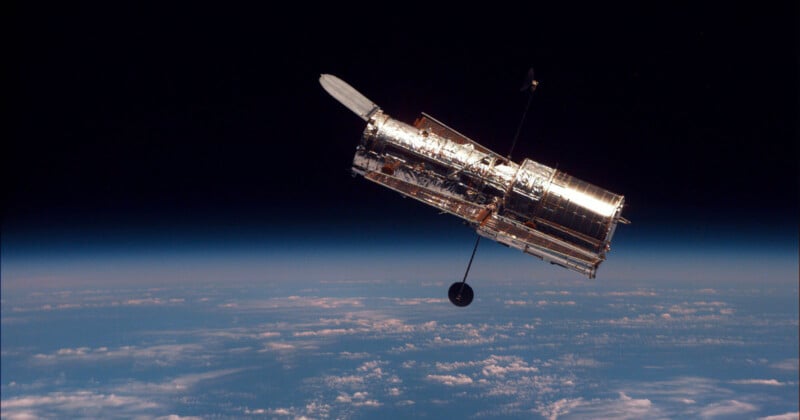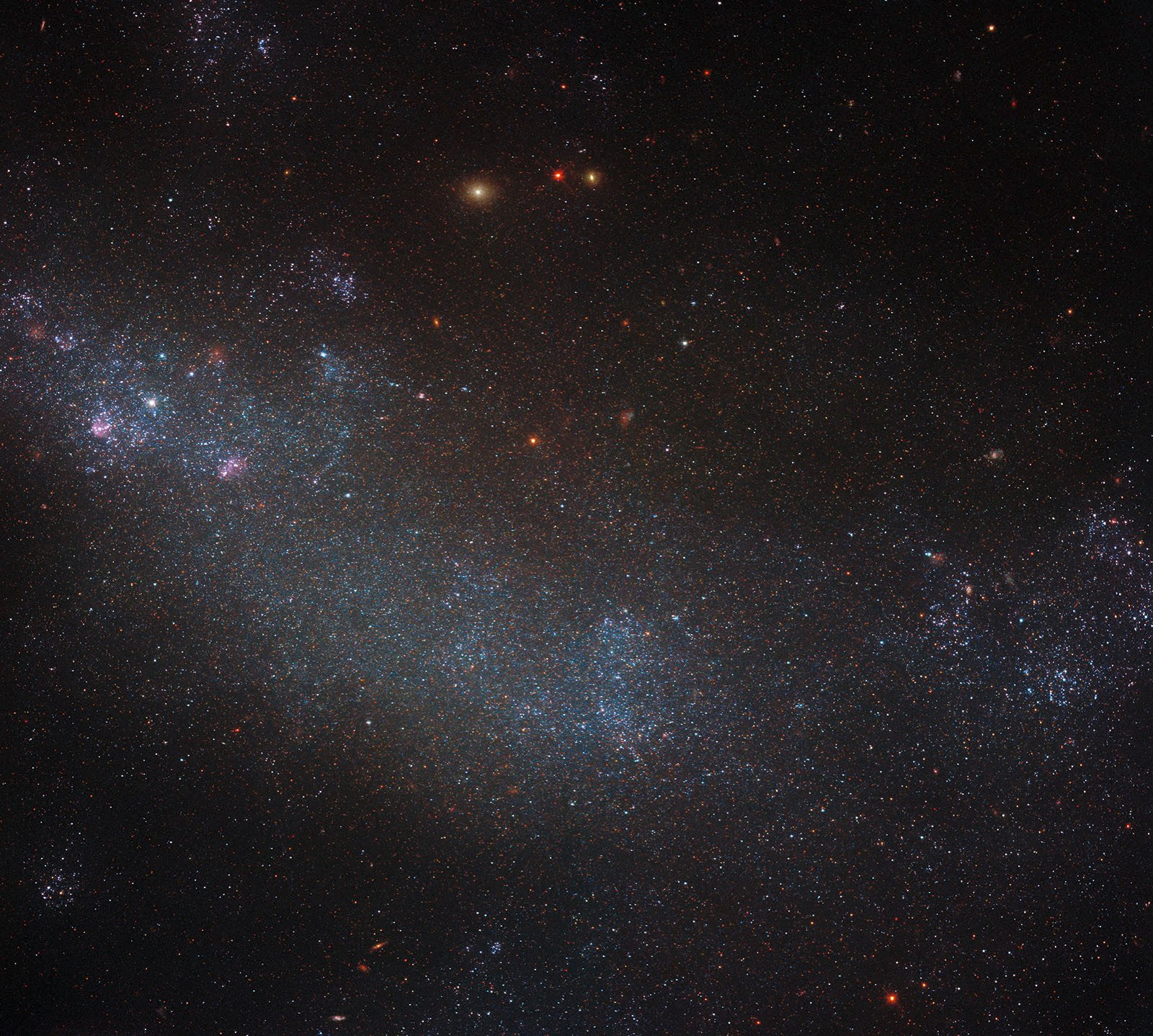NASA’s Hubble Space Telescope is Having Difficulties

NASA’s iconic Hubble Space Telescope has been going into protective “safe mode” after having issues with one of its three remaining gyroscopes forcing it to suspend science operations.
The 34-year-old space telescope is now down to just one-gyro mode with NASA saying yesterday that this is “our best approach to support Hubble’s science through this decade and into the next.”
Hubble began life with six gyroscopes on board which allow it to point in the right direction while maintaining its orientation. That number is down to two after NASA declared one is now beyond repair.
“One-gyro mode actually returns Hubble to consistent science operations and it allows us to keep another gyro working…for potential future use,” Mark Clampin, director of the astrophysics division at NASA, said during a press briefing.

However, there are limitations with one-gyro-mode: it will take more time for the telescope to move from one celestial target to another making it far less efficient.
The faulty gyroscopes have been causing Hubble to give unusable telemetry readings and the space telescope entered safe mode for the first time in November 2023. It most recently went into safe mode on May 24 again because of the faulty gyro.
According to Gizmodo, a plan put forward by billionaire astronaut Jared Issacman to raise Hubble to its initial altitude of 373 miles (600 kilometers) was dismissed by NASA.
“We are not going to pursue a re-boost right now. Our assessment raised a number of considerations, including potential risks such as material losses, fires, and some technology challenges,” Clampin adds.
“While the re-boost is an option for the future, we believe we need to do some additional work to determine whether the long-term science return will outweigh the short-term science.”
Despite the ongoing technical problems for Hubble, it is still capable of producing remarkable images such as of the LEDA 6430 galaxy about 15,000 light-years across and approximately 15 million light-years from Earth.

Of course, Hubble has been overshadowed by the shiny new observatory in the room, the James Webb Space Telescope, but the ol’ reliable, despite all of its problems, is still going and NASA believes it can keep Hubble operational for years to come.